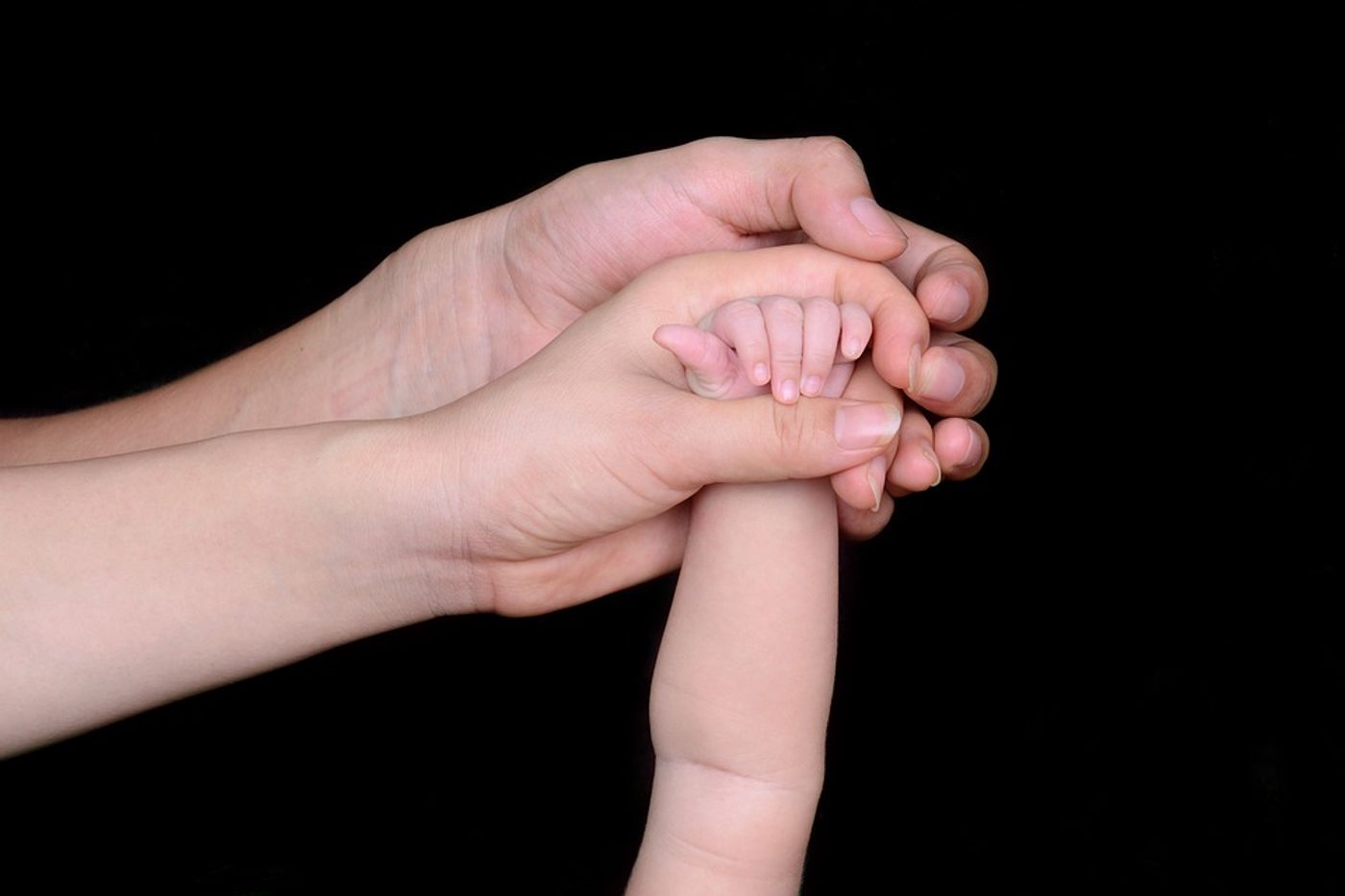For Moms and Dads, Kids Raise Heart Disease Risk
A new risk factor is emerging for some cardiovascular diseases: the number of children a parent has during their lifetime. And it’s not just the mom, it’s the dad too. Based on recent findings, the lead researcher in a new study believes number of children should be “included in research databases to be further investigated as a health indicator.”
Researchers conducted a study of nearly 500,000 Chinese people. For both men and women, they saw a statistically significant “J-shaped relationship” between the number of children and the risk of both coronary heart disease and stroke, which Professor Vera Regitz-Zagrosek describes as a decrease in risk with one child and an increase risk with two or more children.
“Having one child is protective because parents have social support in older age,” she explained. “But if they have a large number of children this benefit goes away because it increases the economic and social pressure on the parents.” The same study showed almost identical changes in the risk relationship between number of children and the risk of diabetes for both women and men.
Regitz-Zagrosek conducted her own study on risk of atrial fibrillation (AF) for women later in life, but it was relatively small compared to the Chinese study, with just 34,000 female participants. However, in this study she and her team did see a “linear increase in AF with increasing number of children.” Regitz-Zagrosek said that paired with the results from the Chinese study, the findings were interesting and can provide an explanation involving both biological and sociocultural factors.
The biological influences that Regitz-Zagrosek is considering revolve around the changes that occur in a woman’s body after pregnancy. Her research suggests that pregnancy leads to alterations in the body’s reaction to cardiovascular stressors in addition to the sociocultural stressors that apparently influence a woman’s health as her family grows larger.
This biological connection, Regitz-Zagrosek believes, is potentially due to epigenetic mechanisms that change during and after pregnancy. Essentially, a pregnancy or multiple pregnancies could make a female more vulnerable to cardiac risk factors that were present even before she was pregnant, but for some reason did not affect her or at least not as much until after pregnancy.
For men, it is probably safe to still say that their increase of risk that follows multiple children is probably explained by the socioeconomic factors alone.
Regitz-Zagrosek will continue to investigate the relationship between pregnancy, having children, and risk factors for heart disease for both parents. For example, a second study of hers in the journal Circulation analyzed the connection between delivering a premature baby and later risk of cardiovascular disease, an event that Regitz-Zagrosek believes is a “cardiovascular risk factor for women just like preeclampsia or gestational diabetes.”
Her AF study was also recently published in the journal Circulation.
Source: European Society of Cardiology









